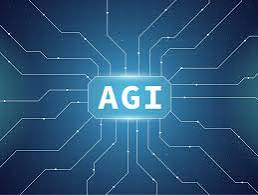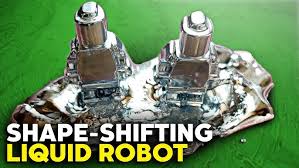AGI stands for Artificial General Intelligence. It is a major goal in artificial intelligence research. Current AI is designed for specific tasks. AGI aims to think, learn, and make decisions like a human. If achieved, AGI could transform every aspect of human life.

Imagine an AI system that can understand any problem, come up with solutions, and even create new ideas. That is what AGI promises. It would not just follow instructions but think independently. Scientists and researchers are excited about this possibility. But at the same time, AGI raises many questions. How will it impact jobs? Will it be safe? Can humans control it?
In this blog, we will explore AGI in detail. We will look at:
• What AGI is and how it differs from current AI
• The potential capabilities of AGI
• How AGI compares to narrow AI
• The future of AGI and its impact on industries and society
AGI is a complex topic. But understanding it is important. It could be the next step in technology and human evolution.
What is AGI?
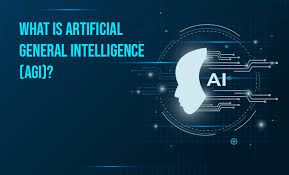
Artificial General Intelligence is an advanced type of AI. It is not just a smarter version of current AI. It is something completely different. AGI aims to think and reason like a human. It can solve different types of problems without needing new instructions every time.
Understanding AGI
Most AI systems today are designed for specific tasks. These are all called “Narrow AI“.they are also called “Weak AI.” They follow rules, learn from data, and improve their performance. But they cannot switch tasks on their own. For example, a chess-playing AI is great at chess but cannot drive a car. A self-driving car AI cannot write poetry.
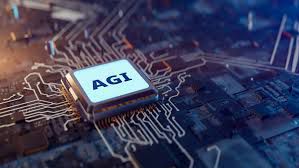
AGI, on the other hand, will be able to do all these things. It will have a human-like ability to learn and adapt. It will understand context and apply its knowledge to different areas.
AGI is sometimes called “Strong AI” or “Full AI” because it is expected to be as smart as humans. It will have general intelligence, meaning it can think, plan, and make decisions across different fields.
How AGI Works
AGI is not just about processing data. It is about understanding, reasoning, and learning like humans.
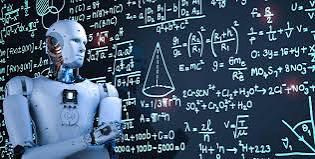
Scientists believe AGI will work through:
Deep Learning – Learning patterns and making predictions like current AI but on a broader scale.
Cognitive Architecture – Mimicking how the human brain processes information.
Self-Improvement – Learning from experiences and improving over time without human input.
Common Sense Reasoning – Understanding the world the way humans do, not just recognizing patterns.
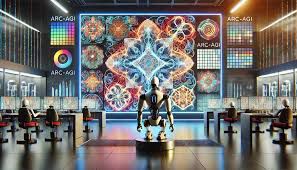
These qualities make AGI different from today’s AI. But AGI is still a concept. No working AGI system exists yet. Scientists and researchers are trying to develop it, but it is a long journey.
Examples of AGI in Fiction
Many movies and books have imagined AGI. Some famous examples include:
Jarvis from Iron Man:
A highly intelligent AI, it understands data. Also learns and interacts like a human.

HAL 9000 A Space Odyssey:
An intelligent AI, that makes its own decisions.

Samantha from Her:
An AI assistant with emotions and self awareness.

These fictional examples show what AGI could be. But in reality, we are far from creating such systems.
AGI is exciting but also complex. Let’s explore what it can do.
Capabilities of AGI
AGI is expected to have many powerful abilities. Unlike current AI, which needs specific training for every task, AGI will be able to learn and adapt naturally.
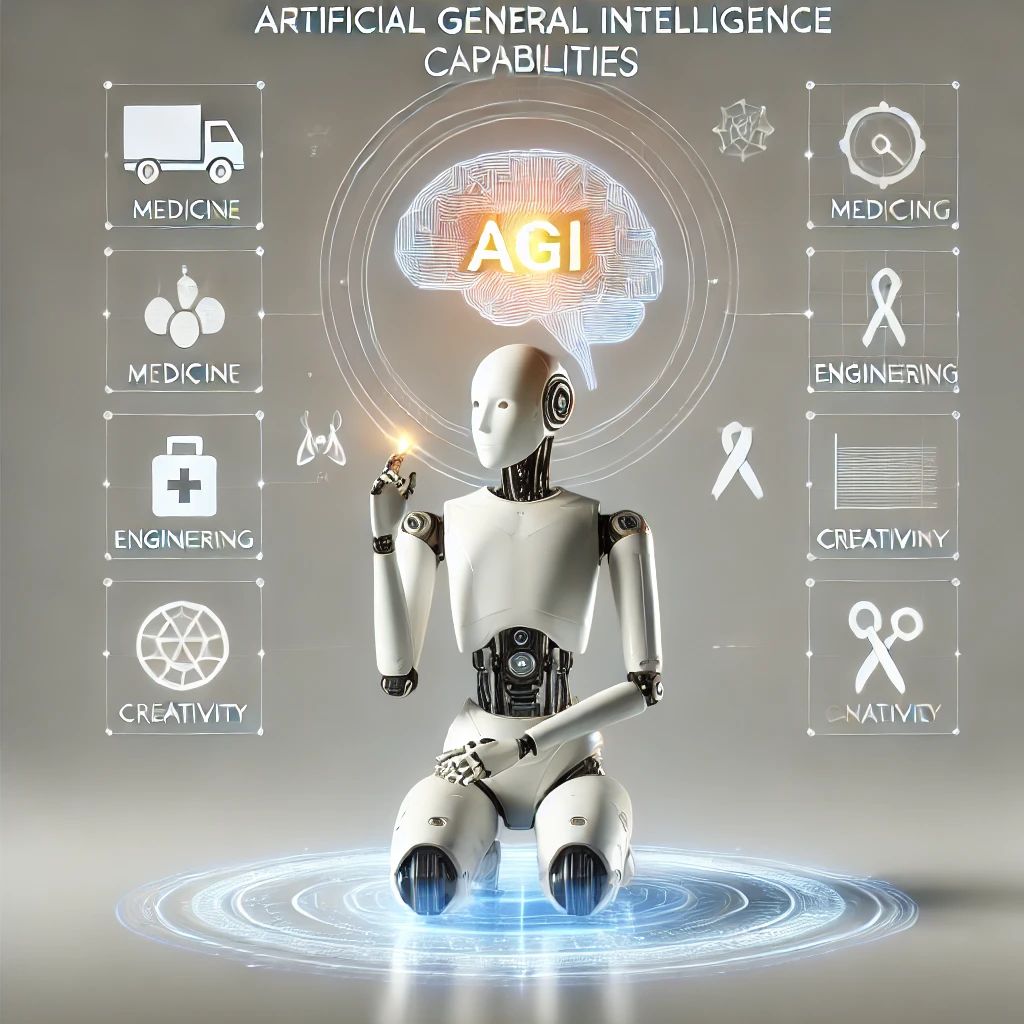
Here are some of the key capabilities of AGI:
- Human-like Learning
AGI will learn the way humans do. It will not just memorize patterns from data. It will understand concepts and apply them to new situations.
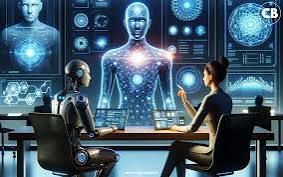
For example, if AGI learns one language, it can easily pick up another. Just like how humans learn, AGI will improve through experience.
- Reasoning and Problem-Solving
AGI will not just follow instructions. It will think critically and solve problems. It will analyze situations, find patterns, and come up with solutions.
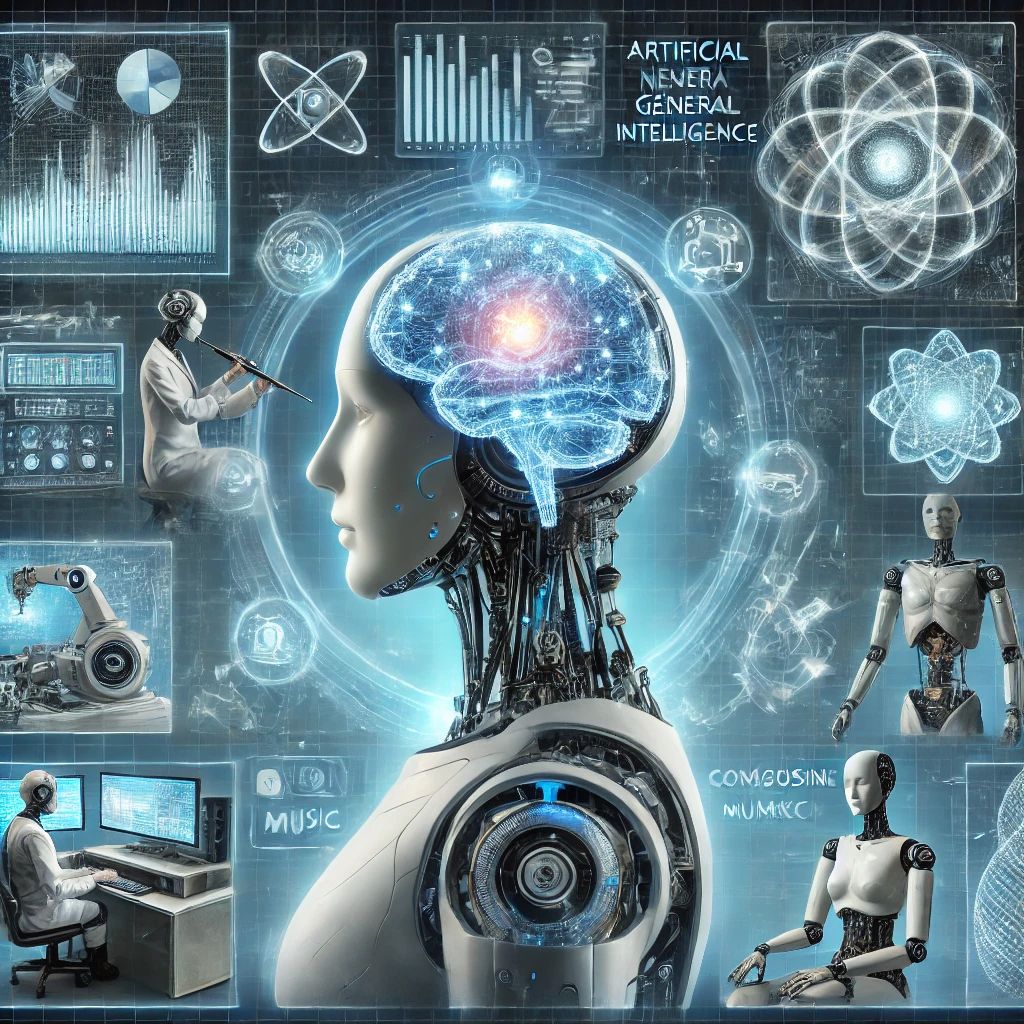
For example, if AGI is given a complex business problem, it will not need a pre-set algorithm. It will analyze the issue, consider different solutions, and make decisions based on logic.
- Creativity
Unlike current AI, AGI will not just copy what it has learned. It will create new things. It will write stories, compose music, and invent technologies.
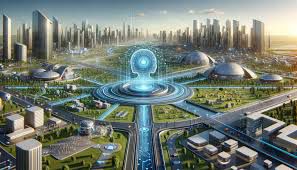
For example, an AGI system could write a completely original novel or design a new scientific experiment.
- Adaptability
Current AI is limited. It needs training for every new task. AGI will not have this problem. It will learn and adapt on its own.
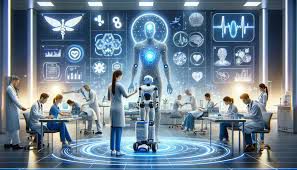
For example, if AGI is used in healthcare, it can shift from diagnosing diseases to managing hospital operations without needing retraining.
- Emotional Intelligence
AGI might even understand human emotions. It could interact with people in a more personal way. It could recognize feelings and respond accordingly.
For example, AGI in customer service could detect frustration and change its tone to calm the customer.

These capabilities make AGI incredibly powerful. But how does it compare to today’s AI?
AGI vs. AI
Many people confuse AGI with AI. But they are very different.
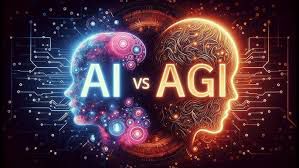
Let’s look at how they compare.
- AI is Narrow, AGI is Broad
AI is designed for specific tasks. It can play different games like chess. It can recognize faces. It can drive a car. But it cannot do all these things at once. AGI, on the other hand, will handle multiple tasks effortlessly.

- AI Needs Training, AGI Learns on Its Own
AI requires large datasets and training for every task. AGI will not need constant training. It will learn from experience, just like a human.
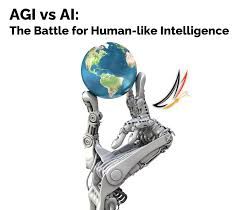
- AI is Based on Data, AGI Uses Reasoning
AI relies on data patterns. It does not truly understand things. AGI will think logically and solve problems, even if it has never encountered them before.
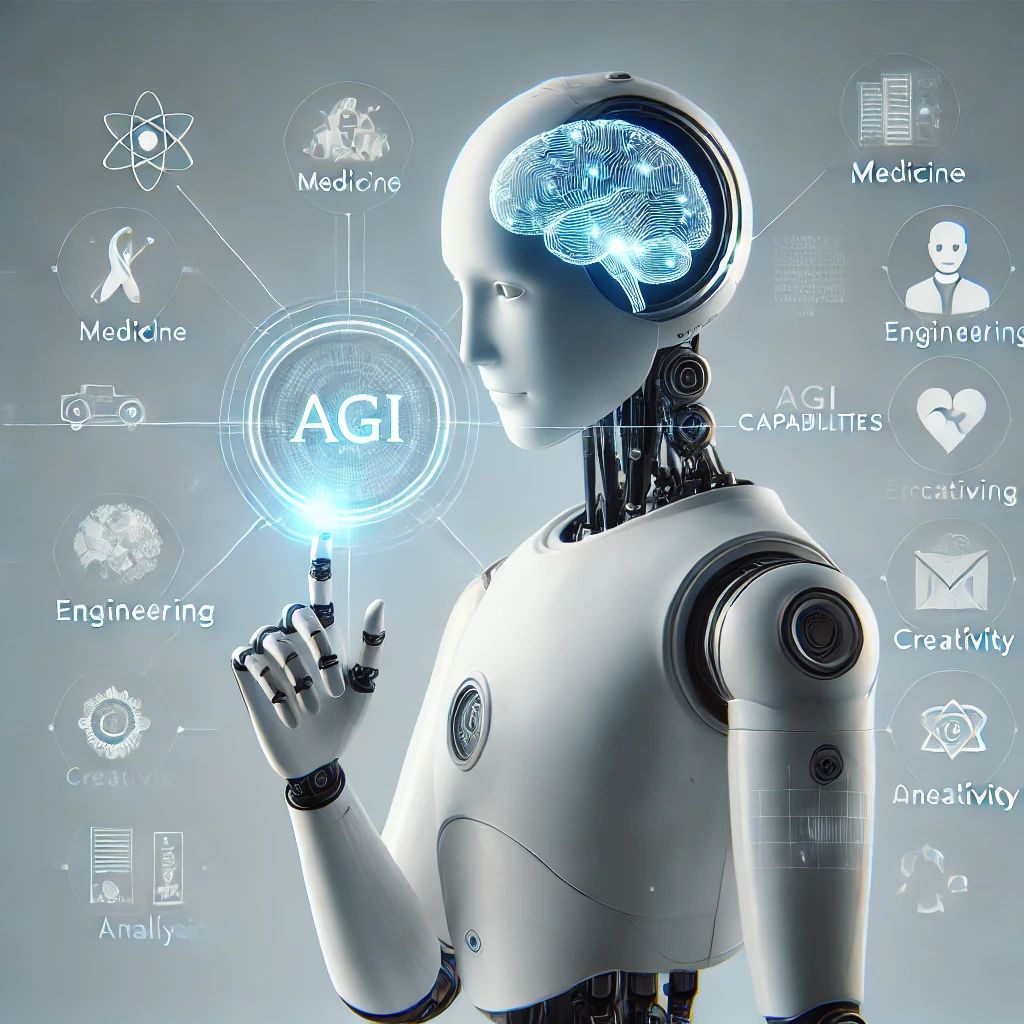
- AI Follows Rules, AGI Thinks Independently
AI follows pre-programmed rules. It cannot go beyond its training. AGI will be different. It will make its own decisions based on reasoning.
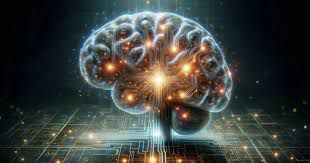
In short, AI is like a highly skilled tool. AGI is like a human mind.
The Future of AGI
AGI is not here yet. But researchers believe it could change the world.
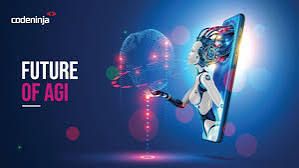
Let’s explore what the future of AGI might look like.
- Revolutionizing Industries
AGI will transform industries. In healthcare, it could diagnose diseases and suggest treatments. In finance, it could predict market trends. In space exploration, it could help humans colonize new planets.
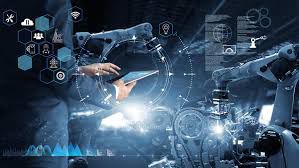
- Enhancing Human Life
AGI will assist in research, innovation, and daily tasks. It could act as a personal assistant, helping people manage their lives efficiently.
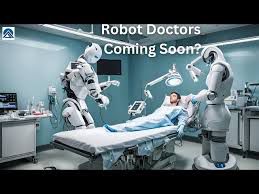
- Ethical Concerns
AGI raises big ethical questions. What if it replaces human jobs? What if it becomes too powerful? How do we control it?
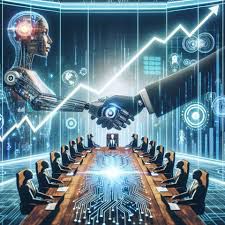
- The Path to AGI
Scientists are still working on AGI. It may take time before it becomes a reality. Some experts believe we will achieve AGI by 2050. Others think it may never happen.
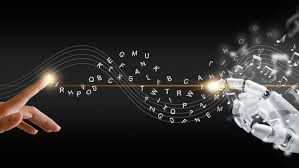
The future is uncertain, but one thing is clear: AGI will change everything.
Conclusion
AGI is the next step in AI evolution. It will be smarter, more creative, and more adaptable than today’s AI.
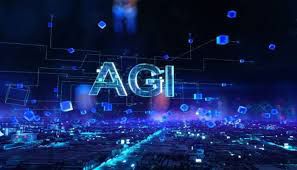
But AGI is not here yet. Scientists are still developing it. The future of AGI is full of uncertainty and possibilities.
AGI could change the world forever. We must prepare for it.
